Lake Avenue Loafers
Anyone who reads Duluth obituaries will occasionally come across this phrase: “… was a member of the Lake Avenue Loafers.” For the uninitiated it begs two questions: “Who were these guys and what did they do besides loaf?”
There might be no real explanation of the purpose of the Lake Avenue Loafers that can go much deeper than simply stating it was a group of laid-back gentlemen who held banquets twice a year for the purpose of socializing and raising money for a scholarship awarded to students from Hermantown High School.
The core of the Lake Avenue Loafers were guys who grew up in the 1930s and ’40s near Duluth Central High School. The founding of the club is credited to Raymond L. Wero, a prominent athlete at Central and later at Drake University who went on to serve as principal at Hermantown High School from 1950 to 1979. Wero was born in 1919 and died in 2001. His obituary notes:
Having grown up on Lake Avenue and Fifth Street, Ray Wero and the friends he grew up with formed a special bond. He was the founder of Lake Avenue Loafers, which meets twice a year for a banquet, with several hundred members attending. Bruce Bennett wrote that Ray Wero was irreverent, wry, a guy with a steel-trap mind who loved to laugh, even at himself.
The original group was just a bunch of pals from the Central Hillside, but over time the club included people from throughout the city and beyond.
According to former loafer Bob Swanstrom Jr., the first meetings were held in the early 1980s and at the group’s peak in the 1990s there were about 600 members. The last meeting was held at the end of 2017. Younger people were added over time, so there were enough members to continue on, but there were no volunteers willing to organize the banquets, so the loafers disbanded.
“They always met twice a year,” Swanstrom said. “Right before Christmas and in July. And the ones that were the best were at Christmas, they were better attended.”
In the early days the meetings were held at the Jolly Fisher restaurant (where Minnesota Power is today) and the Casa de Roma restaurant (where the Central Hillside Whole Foods Co-op is today). In the latter years the venue was the Radisson Hotel Duluth Harborview.
Most references to Lake Avenue Loafers online and in newspaper archives are in the obituaries of former members, but there is at least one article that offers an inside perspective. It was written by Dick Palmer in 2006. The text appears below. Palmer died in 2018.
Anyone who can tell us more or provide photos, please do so in the comments or email paul @ perfectduluthday.com.
LAL remains emblematic of Duluth
By Dick Palmer
Duluth Budgeteer
Aug. 11, 2006Now don’t get me wrong. Humor is not my style, although some people tell me my weekly column, too often, is a joke. This week, I simply have to get something off my chest, a recap of the meaning of LAL, which is more than a household word to hundreds of Duluth residents, past and present, each focused on an era in Duluth history that will not die, not if the memory of Ray Wero and the ongoing tenacity of Pat Heaslip and others have anything to say about it.
Tom Brokaw, famous retired NBC news anchor, wrote a book entitled “The Greatest Generation,” and it was a best seller. He was right on, but I’ll bet my receding hairline and almost obscure mustache that if he had known about the LAL, he probably would have written a paragraph or two about it in his wonderful account of days past but not forgotten.
The acronym LAL may have originated in the late 1930s when Duluth, like the rest of the world, was in the throes of a terrible Depression. Few people had jobs, and yet, the strength of the Central Hillside of Duluth was apparent and the mix of ethnic diversity and religious stability was, indeed, symbolic of America’s determination, flavored by old country customs, family discipline and true grit. In respect to author Charles Dickens who wrote: “It was the best of times and the worst of times,” Duluth’s Central Hillside fit that mold perfectly.
No one knows who came up with the acronym LAL, but the term stuck. More than a half century later, hundreds of guys turn out twice a year to celebrate, reminisce and just plain turn the clock back for a few hours. It is a gathering of wonderful people, representing a mix of personalities, professions, work ethics, cultures and, above all, the heart and pulse of this great community.
OK, I’ve stalled enough. What does LAL mean? LAL means “Lake Avenue Loafers,” but there are other definitions, too. I was told that in the 1930s when the LAL was in its infancy, unofficially of course, few homes on the Central Hillside had bathtubs so some facetious character dubbed a group of neighborhood guys the “Lake Avenue Louses,” because their personal hygiene was not up to standards. It was customary in those days, I was advised, that most people generally took a bath once a week on Saturday. As an aside, my West Duluth dad reflected he and grandpa wore the same pair of pants everyday for a week.
LAL stuck, but as the boys grew older and started to recognize the girls, some slicked back their hair and the term LAL took on a new meaning, “Lake Avenue Lovers.” Then a little later, toward the end of the Depression but before the war started, unemployment peaked in this area and a new meaning was attached to the LAL. “Lake Avenue Loafers” stuck through the present.
Duluth’s ethnic diversity is exemplified by the Central Hillside. Through the years, as family members grew up and moved on, the demographics of this area changed, but the overall significance of so many people continues to shine. The LAL is but a small segment of this historical phenomenon.
The heart of the Central Hillside was Duluth Central and Duluth Cathedral high schools. Competition was genuine and aggressive, but those involved are united today, and their contributions are reflected in a camaraderie that has engulfed the entire region. Indeed, that era has solidified guys throughout the area as far away as Cloquet. It is unique to see former Denfeld and Morgan Park athletic greats share stories with Central Trojans and Cathedral Hilltoppers. Fun is an understatement.
This tradition is alive and well due to the efforts of Pat Heaslip assisted by Joe Berini, Reilly Lucore, Mickey McBride, Tom Zissos and Jerry Michog. None of this would have happened without the genius of Ray Wero, who reportedly put the Lake Avenue Loafers parties together following World War II. There were 17 members of the first LAL group. The recent party attracted over 300 and the enthusiasm was unbelievable. Pat (smart boy that he is) gives his wife Janis credit for keeping things on track. There are 620 registered members throughout the country.
Pat said Bob Silverness, the present Hermantown school librarian, Bob Swanstrom Jr. and so many others have done much to keep the LAL up and running. Two weeks ago, at their breakfast gathering, they passed the hat for the LAL scholarship fund and collected $1,310 in minutes. Is that enthusiasm or what?
Recommended Links:
Leave a Comment
Only registered members can post a comment , Login / Register Here


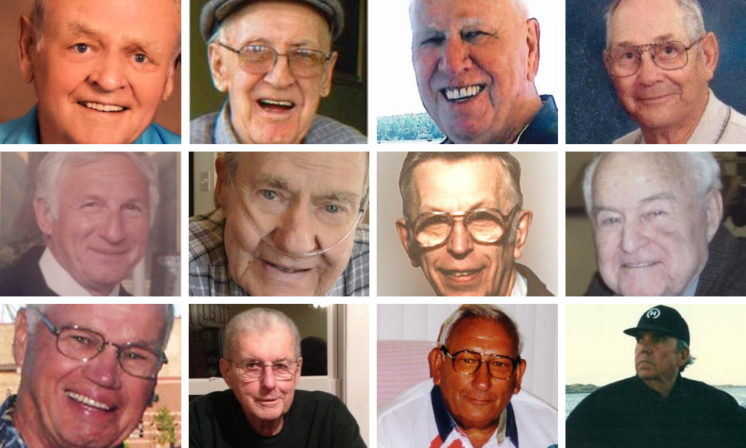
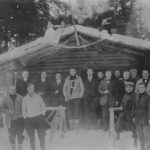
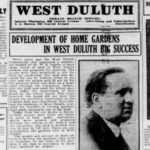
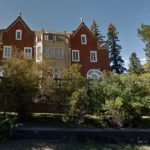
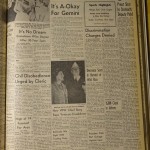








1 Comment
Paul Lundgren
about 4 years ago